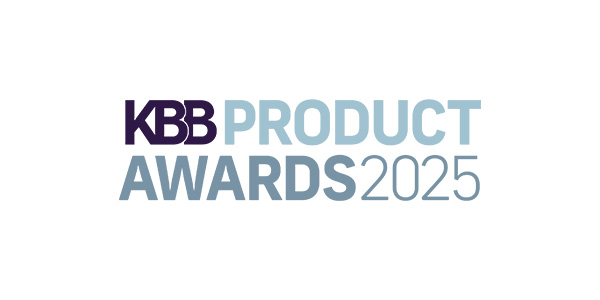This article was originally published on July 31, 2023; it was updated on August 7, 2023.
“The world demand for air-conditioning is expected to treble by 2050 as temperatures rise.” This is how the team of researchers from Harvard University’s Wyss Institute opened their introduction to the project that they have developed with ceramic tile producer Gres Aragón – Faveker in search of more energy-efficient refrigeration systems.
The research team has developed an innovative cooling system, based on water evaporation. According to the preliminary data, in certain climates and operating conditions, this technology uses up to 75% less energy than conventional air-conditioning units (based on vapor-compression refrigeration systems).
This data was generated in the laboratories of Harvard University’s Wyss Institute. The researchers fitted a device to HouseZero, on the Harvard campus, to validate the results in real-world conditions.
The system, known as cSNAP, works with evaporative cooling technology, developed thanks to the participation of a multidisciplinary team of scientists and designers from Wyss Institute, Harvard University’s Graduate School of Design (GSD) and the Harvard Center for Green Buildings and Cities (HCGBC), in collaboration with Gres Aragón-Faveker, which was responsible for designing and manufacturing the ceramic tiles.
Marco Lahoz, general manager of Gres Aragón, told KBB, “At Gres Aragón, we firmly believe in research, development and innovation. It is one of our pillars for developing innovative products and more sustainable production processes that are environmentally friendly. We have engaged in numerous collaborations with universities and research centers, so when the opportunity arose to work together with the Wyss Institute at Harvard University, one of the most prestigious in the world, we saw it as a great chance. Additionally, we strongly believe in the advantages of extruded ceramic materials and their potential to develop advanced solutions in ceramics. Lastly, we are committed to doing everything possible to reduce our CO2 emissions into the atmosphere, a practice that we implement both in our production processes and in sustainable solutions that promote circularity. The system we are developing with Harvard aligns with this approach towards more sustainable products.”

The team’s members from Gres Aragón-Faveker were made up of Ainhoa Bilbao and Sara Ejarque, plus SAMCA Group’s Director of R&D&I, Miguel Ángel Caballero. Its members from Wyss Institute and Harvard University’s Graduate School of Design were Joanna Aizenberg, Martin Bechthold, Jack Alvarenga, Jonathan Grinham and Ally Chang.
cSNAP is a long-lasting, low-cost, low-energy evaporative cooling system that can work efficiently in hot, humid climates. In the future, this eco-friendly option could replace conventional air conditioning units that work with vapor-compression refrigeration systems.
Because this system is much more economical and it only needs water to work instead of liquid refrigerants, it can be used in developing countries where conventional refrigeration systems are ruled out due to their high cost.
This technology works with ceramic tiles coated in a nanoscale hydrophobic material which cools the air without raising humidity levels. The innovative specially designed ceramic tile and combined coating isolate incoming hot air from outgoing wet air, allowing the hot air to be cooled by circulating water without adding humidity to the inside of the building.

The ceramic tiles are differently formulated from conventional ceramic materials in order to meet the requirements of the system. They are designed so that the coating and air flow are distributed across the whole surface so as to maximize their energy efficiency.
The system has been tested in real conditions at Harvard University’s HouseZero, where it was proven to cool the indoor air efficiently, even in extremely hot conditions.
The research team continues to work on it, and its evaporative cooling system is being combined with additional innovations that pre-treat and dehumidify the input air, maximizing its cooling capacity even further and also facilitating its use in a wide variety of markets and climate zones worldwide.
—By Leslie Clagett, KBB managing editor








